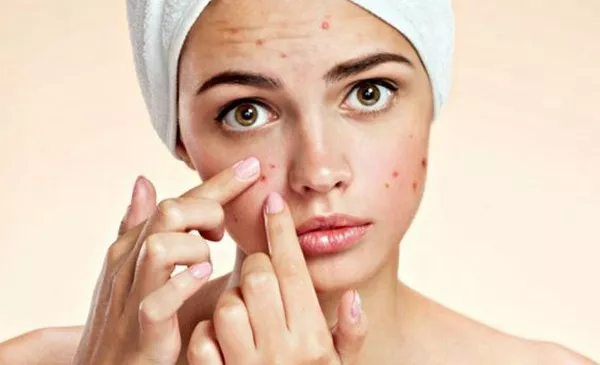Vitamin E is a well-known nutrient that has gained popularity for its potential benefits in scar healing. Many people seek natural remedies to improve the appearance of scars and turn to vitamin E for its reputed skin-healing properties. In this article, we will delve into the topic of vitamin E and its effectiveness in scar healing. By understanding its mechanisms of action and exploring the scientific evidence, we can gain insights into the potential benefits of vitamin E and its role in promoting scar healing.
1. The Role of Vitamin E in Scar Healing
Vitamin E is a fat-soluble antioxidant that helps protect cell membranes from damage caused by free radicals. Its antioxidant properties have led to its use in skincare products and its association with scar healing. Vitamin E is believed to aid in scar healing by promoting collagen synthesis, reducing inflammation, and improving overall skin health. It may help reduce scar tissue formation and minimize scar discoloration, leading to improved scar appearance.
2. Topical Application of Vitamin E
Topical application of vitamin E is a common approach for scar management. Many over-the-counter creams, oils, and ointments contain vitamin E as a key ingredient. When applied directly to the skin, vitamin E can provide localized antioxidant support and moisturization. It is believed to help soften and smoothen scar tissue, potentially improving its texture and reducing scar visibility. However, it is important to note that individual responses to topical vitamin E can vary, and some individuals may experience skin irritation or allergic reactions.
3. Scientific Evidence and Controversies
While vitamin E is widely used for scar healing, the scientific evidence supporting its effectiveness is limited and often inconclusive. Some studies suggest that vitamin E may be beneficial in improving the appearance of scars, while others show no significant difference compared to a placebo or no treatment. Furthermore, there have been reports of adverse effects associated with high doses of vitamin E or prolonged use, such as delayed wound healing or contact dermatitis. It is important to approach the use of vitamin E for scar healing with caution and consult with healthcare professionals for personalized advice.
4. Alternative Scar Management Strategies
In addition to vitamin E, several other scar management strategies can aid in scar healing and improve the appearance of scars. These strategies include:
a) Silicone Gel Sheets: Silicone gel sheets have shown efficacy in improving scar appearance by hydrating the skin and providing a protective barrier.
b) Massage Therapy: Gentle massaging of the scar area can help break down scar tissue, improve blood circulation, and promote collagen remodeling.
c) Sun Protection: Protecting scars from sun exposure can minimize pigmentation changes and reduce the risk of hypertrophic or keloid scar formation.
d) Laser Therapy: For more significant or persistent scars, laser therapy can be an effective option. It helps stimulate collagen production, reduce redness, and improve overall scar appearance.
Conclusion
While vitamin E is often associated with scar healing, the scientific evidence supporting its effectiveness is inconclusive. Topical application of vitamin E may provide localized antioxidant support and moisturization, potentially improving scar appearance. However, it is essential to approach its use with caution and be aware of potential adverse effects. Considering alternative scar management strategies, such as silicone gel sheets, massage therapy, sun protection, and laser therapy, can offer additional options for promoting scar healing. As always, consulting with healthcare professionals is advisable to determine the most suitable approach for managing scars and achieving the desired outcomes.


